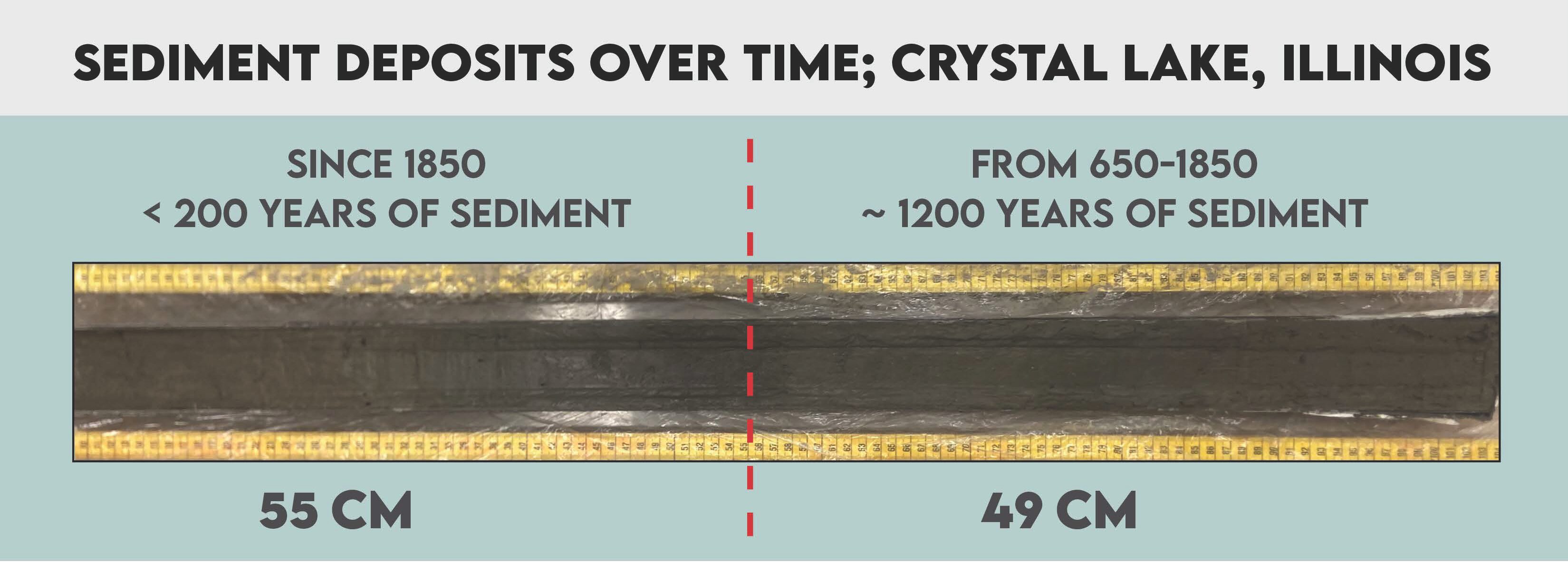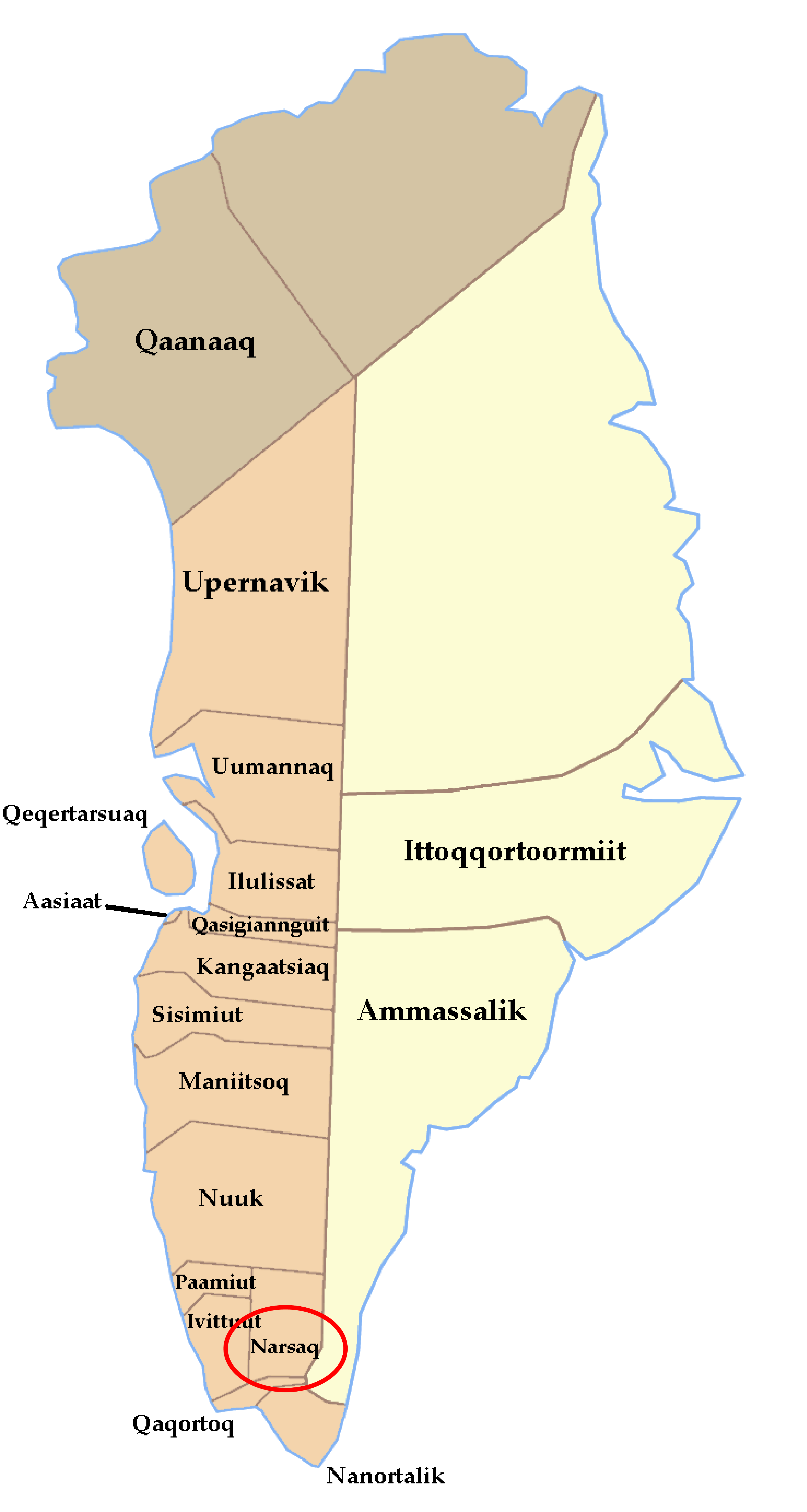
Bailey Nash

Bailey Nash
By Peter Orsak
EVANSTON, IL – A team of Northwestern University climate scientists teleport back in time with naturally preserved records they extract as cylindrical cores of lake sediment.
The sediment layers in the cores open the way to time travel through climate changes over the past 20,000 years. Third-year Ph.D. students Bailey Nash and Aidan Burdick analyze cellulose and carbonate materials, respectively, found in sediment over time to better understand how we can prepare for accelerating human-caused climate change now and moving forward.
After carefully extracting the sediment cores from lakes in Greenland and the Midwestern United States, the team brings them back to Professor Yarrow Axford’s Quaternary Sediment Laboratory on campus for the laborious analysis.
“This research is very iterative,” Burdick said. “You do one thing, you learn something from it, you move on to the next, and eventually, you build a body of knowledge over time.”
Burdick focuses his research on the Midwest, looking at sediment deposits from lakes around the region. By building a record of Illinois’s hydroclimate, his research will help serve Illinois and Midwest city officials by improving water resource management, among other applications.
“We can already see clear evidence of way more sediment being deposited after Europeans arrived [in Illinois], probably because of agriculture and things like that,” Burdick said. “I’m using this core to try to understand lake chemistry in the context of carbonate materials. We can use the chemical variations in the minerals to see how the local hydroclimate has changed over time.”

While Burdick is focused on the Midwest and Great Lakes, Nash noted that much of the team’s work takes them to the Arctic, specifically in south Greenland where deglaciation began around 15,000 years ago driven by rising air temperatures. This upcoming summer, Nash will be visiting the community of Narsaq to conduct her research.

“One of the primary questions that I’m trying to address through my Ph.D. work is how Arctic lakes respond [to climate change], especially in regard to their lake levels,” Nash said. “So, did lake levels rise or fall during periods of past warmth? And what does that mean for Arctic communities that rely on these similar Arctic lakes today as a municipal water source?”
After extracting cellulose from ancient plant matter in the sediment, Nash uses a mass spectrometer to analyze cellulose isotopes over time. Cellulose is the most abundant biopolymer on Earth, and the isotopic signature of cellulose that gets preserved in geologic materials can serve as a record of differing past climate conditions.
“These isotopic compositions can say a lot about whether lake level was higher or lower in the past,” Nash said, “or if the environment was warmer or colder than it is today — those pieces of the climate story.”
It’s not well understood whether lake levels in the Arctic will rise or fall in a warming world, but the risk of lakes either flooding or drying up is a climate concern across the world. Thus, Nash feels this must be investigated. Because their work takes place on Indigenous land, Nash also emphasized the focus their group has on community engagement and performing scientific research respectfully and ethically.
“These communities have a very complicated relationship with Western science in general and the people that we represent when we come back,” Nash said, “so it really takes time and open-mindedness entering these communities and building trust, honestly, and laying the foundation of mutual respect and understanding.”
In a field dominated by men, Nash gravitated towards Axford’s lab not only because of her specialization on Arctic paleoclimate research but specifically after reading Axford’s Science article titled ‘Thanks to the glass ceiling breakers,’ outlining her experiences as a woman in STEM.
“Today, I’m living my dream,” Axford wrote in her 2016 article, “And yet, despite how far science has come… I have lost track of how many times I’ve met a colleague for the first time and been told, ‘I’ve read your papers. I thought you were a man!’”
“I was just blown away by everything she had to say [in the article],” Nash said. “I thought she seemed like such an incredibly strong glass ceiling-breaking scientist… The Arctic is the most rapidly warming region on the planet today, which poses a very immediate concern for climate scientists. I was very compelled by the argument that studying past and current Arctic climate change impacts can help us better understand and prepare for current and future climate change impacts globally.”